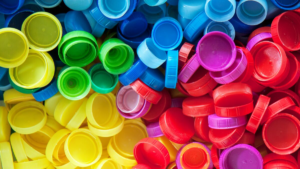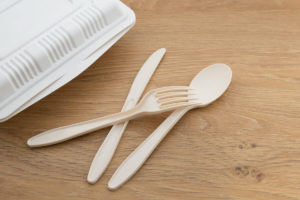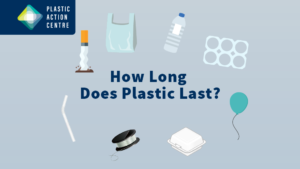Ottawa River Seabin guzzles plastic, teaches youth about water pollution
It’s the little bucket that could — a small contraption floating along the Ottawa River shoreline cleans the waterway one plastic wrapper at a time.
“This is the first trash-trapping device in Ottawa and it gives us an opportunity to see what’s happening in our water,” said Melanie Abdelnour, a Grade 1 teacher with the Ottawa-Carleton District School Board, who helped bring the Seabin to Ottawa.
The Seabin, originally from Australia, is a trash can that measures 50 by 180 centimetres that floats in water. The device pumps surrounding water and debris into a mesh filter catch bag, then pumps only water back out. It needs to be connected to an electrical outlet to operate, and is emptied out daily.
This is the Seabin’s second year working in the Ottawa River. It floats by the dock at the Nepean Sailing Club from May to November trapping an estimated 5,600 to 9,200 pieces of debris during that time, researchers say.
Hundreds of them exist in waterways of polluted ports, yacht clubs, and marinas in more than 50 countries.
Deep Blue Cleanup, the charity that brought the Seabin to the capital, began as a small father-daughter project, says Abdelnour, who runs the organization.
“I was visiting my parents … and he said, ‘look at this!’ And he showed me a video for the Seabin project,” said Abdelnour.
A Seabin manufacturing company had approached her father, who runs engineering firm Geniglace, to distribute the products in Canada. Instead, the duo decided to create their own passion project: a charity that partners with local clubs and classrooms to bring the Seabin to Canadian waters.
In turn, they teach youth to think critically about plastic pollution in waterways.
“We just thought this is exciting, let’s get this in our water, and see what happens.”
The organization loaned its first Seabin to the sailing club as a trial project last year.
Plastic tangled in plant debris
Carleton University researchers are also on board to monitor the Seabin’s findings. Primary researcher Vanessa Fiore takes samples and analyzes the contents.
She said the most common type of debris caught were plastic fragments like tea bags, Doritos bags, even packaging from eco-products, as well as synthetic cottons and plastic fibres. It also captures microplastics, tiny pieces of plastic measuring less than five millimetres in diameter.
“[Plastic pollution] gets subjected to mechanical forces from wave actions, from currents, as well as UV radiation from the sun and that typically breaks it down into smaller and smaller pieces,” said Fiore.

Another interesting find, she says, is the large amount of seaweed and other plant debris caught in the Seabin and the plastic found entangled in it. As more plants get caught, more plastic gets trapped in the Seabin, she said.
Fiore says the device alone won’t be able to make a big dent in cleaning Ottawa’s waterways, but it’s a good start. The results of the study will be shared with the University of Toronto’s trash team, which is a science-based community outreach group, and also with the Seabin company who studies how well it works in various areas of the world.
Read in full at CBC.ca



